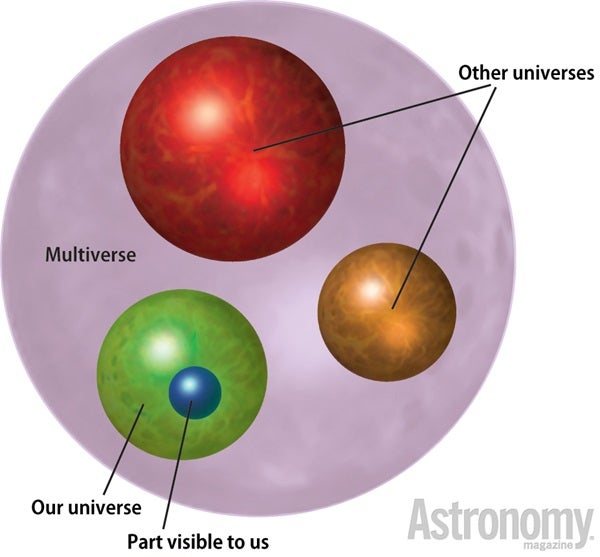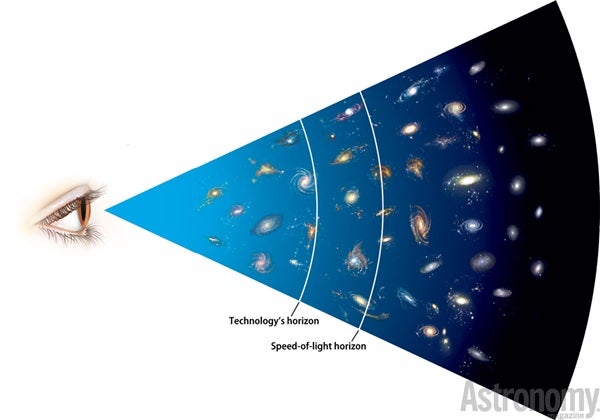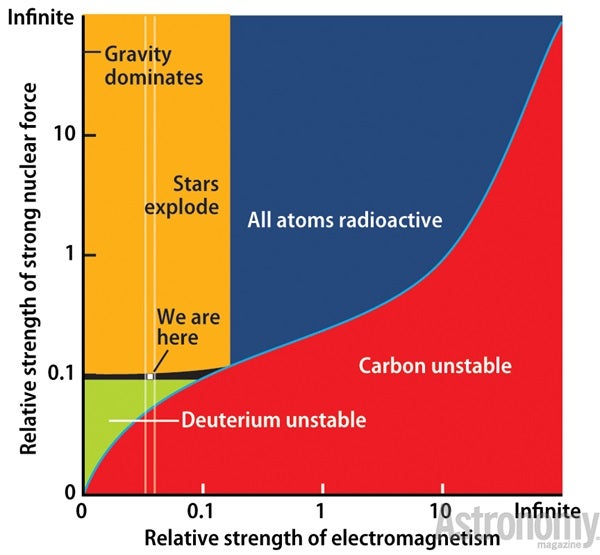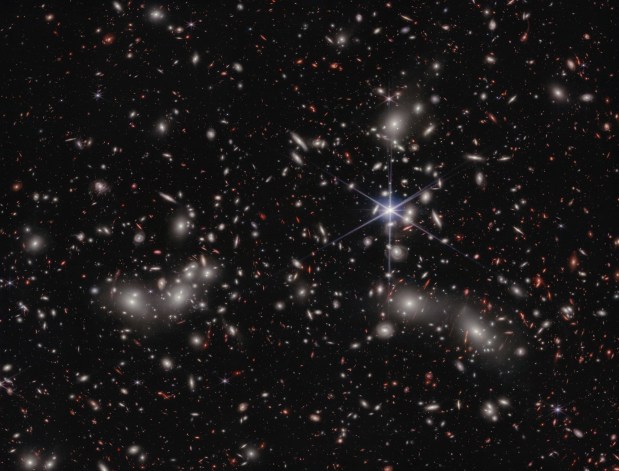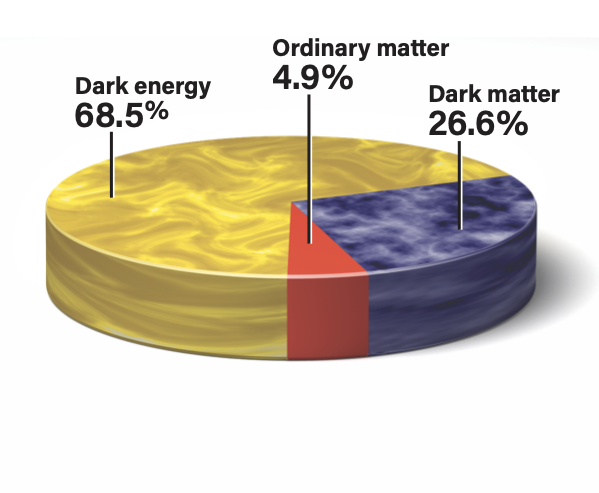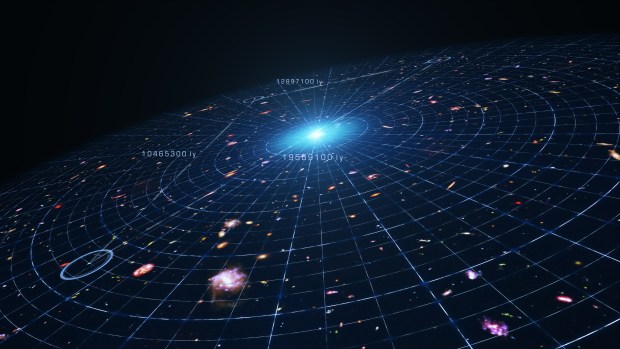For as long as humans have gazed skyward, a question has loomed in the back of our collective mind: How do we know everything that we see is everything there is?
Decades of astrophysical research beginning in the late 19th century established the universe as we see it, culminating with the Big Bang theory. We now know the universe is about 13.8 billion years old and at least 150 billion trillion miles across. But in recent years, astronomers have begun to address a staggering possibility — the universe we can observe, and in which we live, may be one of many that makes up the cosmos.

Bringing the universe to your door. We’re excited to announce Astronomy magazine’s new Space and Beyond subscription box – a quarterly adventure, curated with an astronomy-themed collection in every box. Learn More >>.
The suggestive evidence for this comes from several directions, from the idea of cosmic inflation, from string ttheory and the existence of the famous cosmological constant. Some of the notions that come out of these lines of evidence are pretty counterintuitive. Yet that doesn’t worry astronomers. “I fully expect the true nature of reality to be weird and counterintuitive,” says cosmologist Max Tegmark of the Massachusetts Institute of Technology, “which is why I believe these crazy things.”
The idea of multiple universes, or multiverses, poses the notion of the universe existing like a giant sponge. Each bubble is a distinct universe, like ours, but others could exist separated by giant voids.
What’s the evidence for all this? First, measurements of distant supernovae suggest the expansion of the cosmos is accelerating. Second, more and more evidence supports the inflationary scenario of the early history of the universe. Third, ideas about inflation suggest many Big Bangs may have occurred. Fourth, recent notions about string theory suggest universes of very different types may have formed. Altogether, these notions suggest it was possible, if not probable, that multiple universes of different types formed in the past, and they coexist with the familiar cosmos we can see.
Even without other universes, astronomers know the universe is larger than what we see with our telescopes. The view horizon now spans about 14 billion light-years; and if you count the knowledge that distant objects have expanded far beyond what we now see, the “currently” existing horizon is at least 40 billion light-years across.
How convincing is this to astrophysicists? Tegmark remains open. “As scientists,” he says, “We’re not testing the general idea of a multiverse. We’re testing inflation — a mathematical theory that predicts a multiverse and all kinds of other stuff.” Vilenkin looks ahead to an exciting future of learning more about multiverses. “By doing measurements in our own region,” he says, “We can test our predictions for what lies beyond.”

